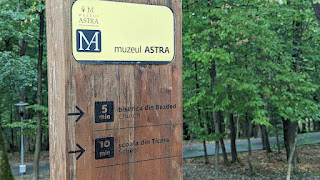Friday, August 18th, Dresden, Germany
Dresden needs a tour guide to really understand and appreciate how very much it has to offer. The fourth largest city in Germany, it has probably the largest collection of museum (non-modern) art per capita. It also is well-known for having been fire-bombed in WWII, and has used many of the restored structures as museums and historically-significant locations.
Dresden sits on the floodplains of the Elbe Valley, and poses a problem with digging very deep into the ground. Throughout the City, an extensive system of above-ground blue pipes carries the water from construction sites back to the river, competing with the increasingly-present floods.
 The City's many. reconstructions include the Fruaenkirche (Church of our Lady) in 1736 from Catholic to Protestant, which moved the large organ from the back to behind the altar. But the Church's reconstruction by its citizens far surpassed any community-funded and directed effort in the entire WWII reconstruction.
The City's many. reconstructions include the Fruaenkirche (Church of our Lady) in 1736 from Catholic to Protestant, which moved the large organ from the back to behind the altar. But the Church's reconstruction by its citizens far surpassed any community-funded and directed effort in the entire WWII reconstruction.
One of the most spectacular demonstrations of modern techniques adding to the original design is the use of 42,000 ceramic tiles to display the history of the ruling families on one building facade. Contributed by the Meissen Company, a Volkseigener Bietreib (East German state-owned enterprise) were publically-owned and were formed after mass nationalization between 1945 and the 1960, and the handing back in 1954 of some 33 enterprises previously taken by the Soviet Union as reparations.








Comments
Post a Comment